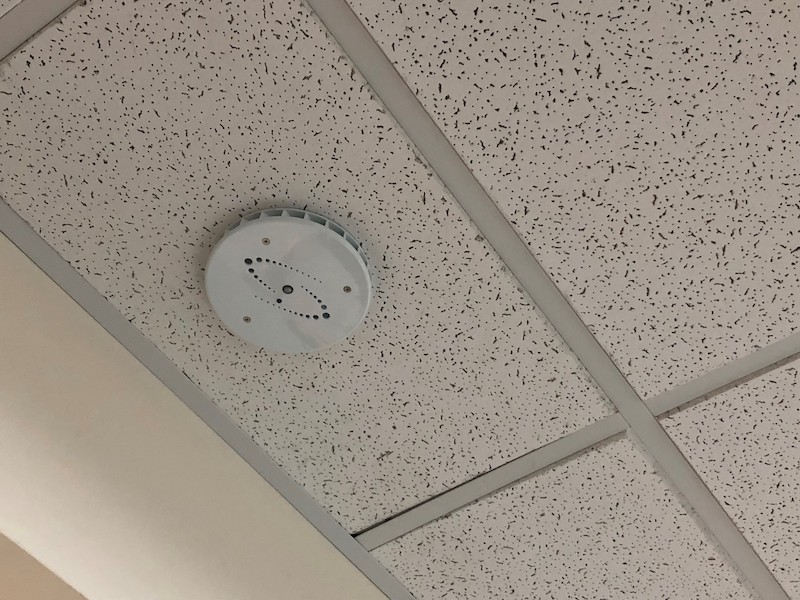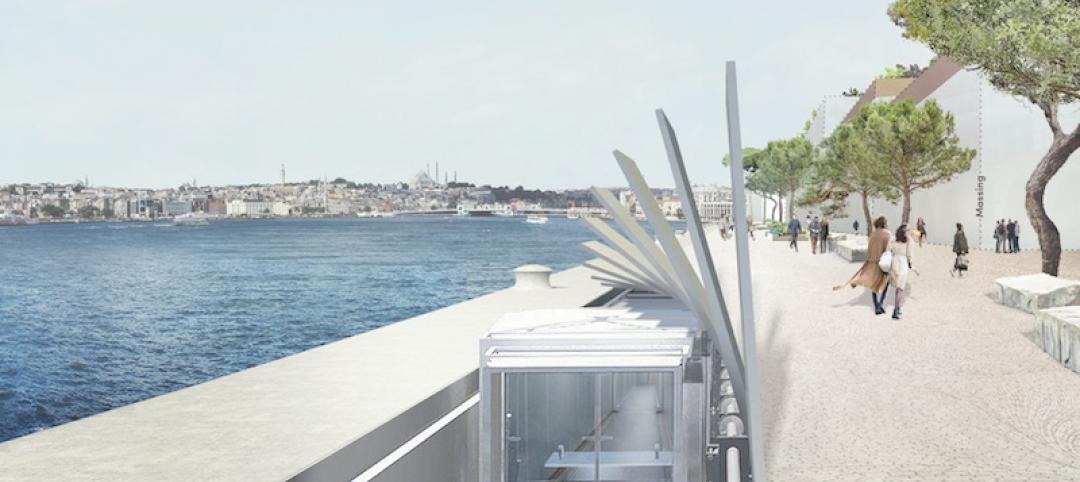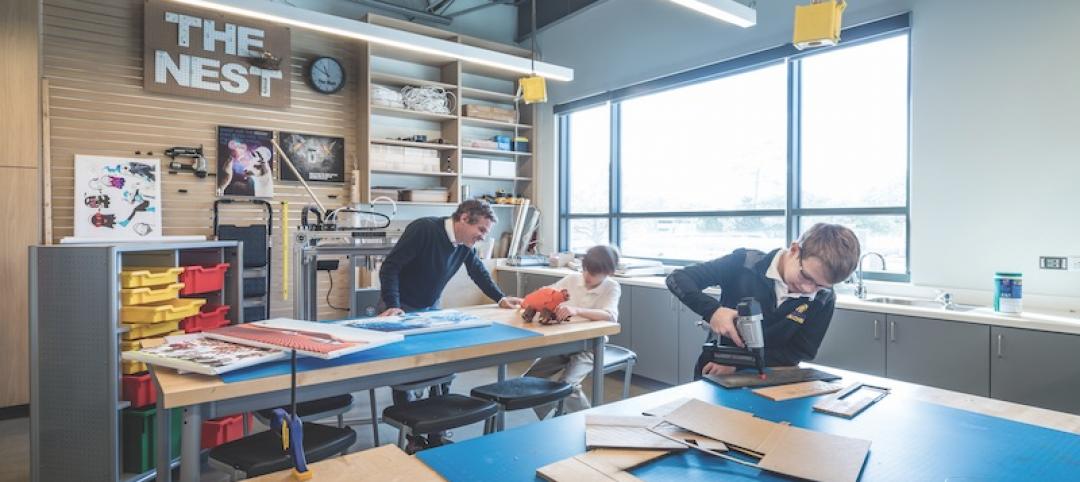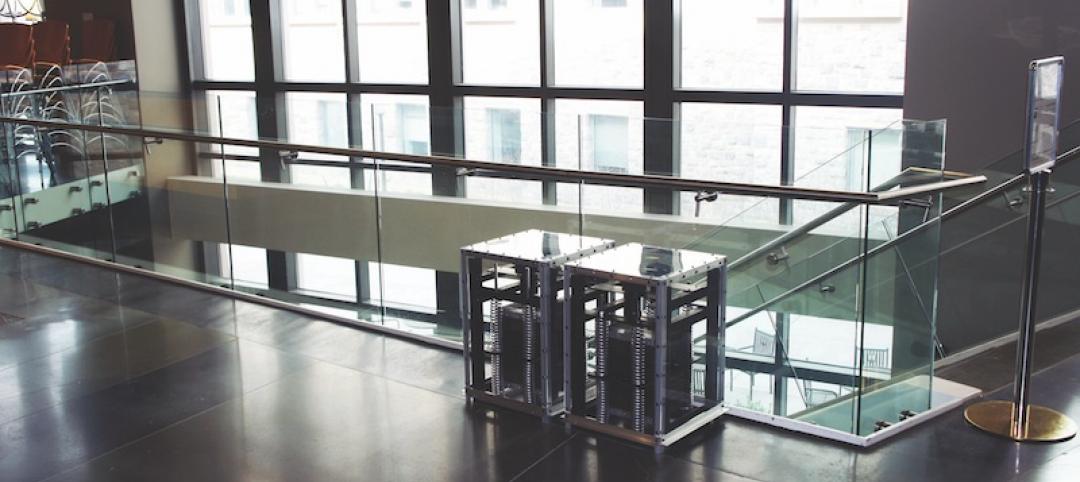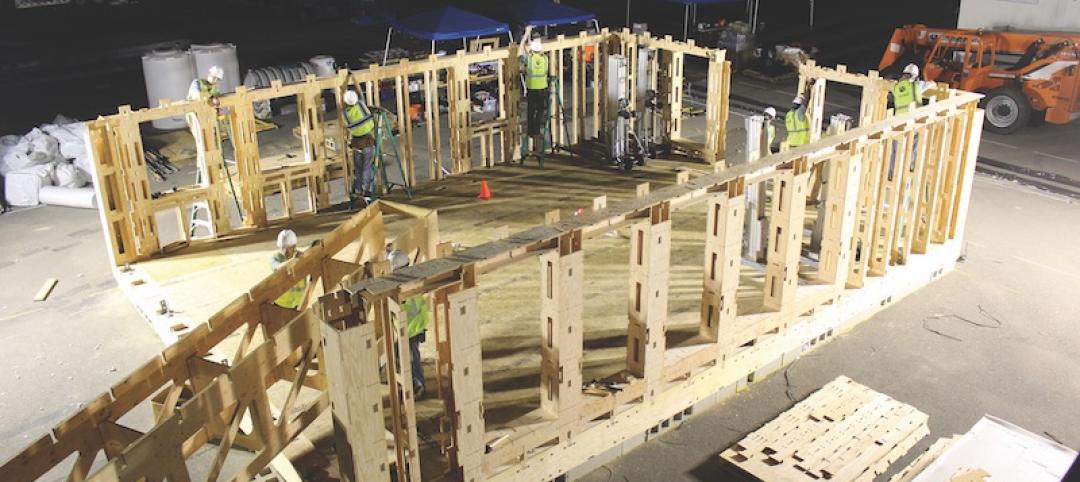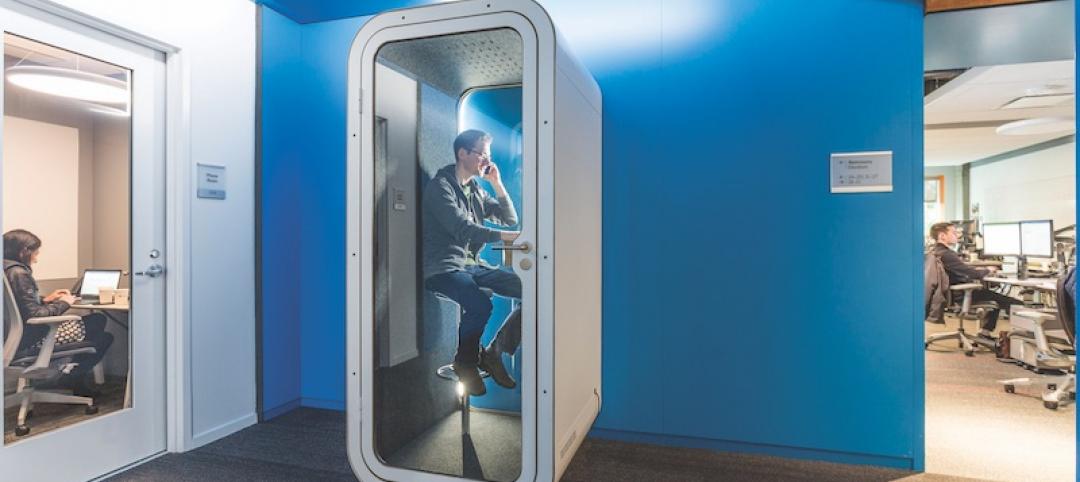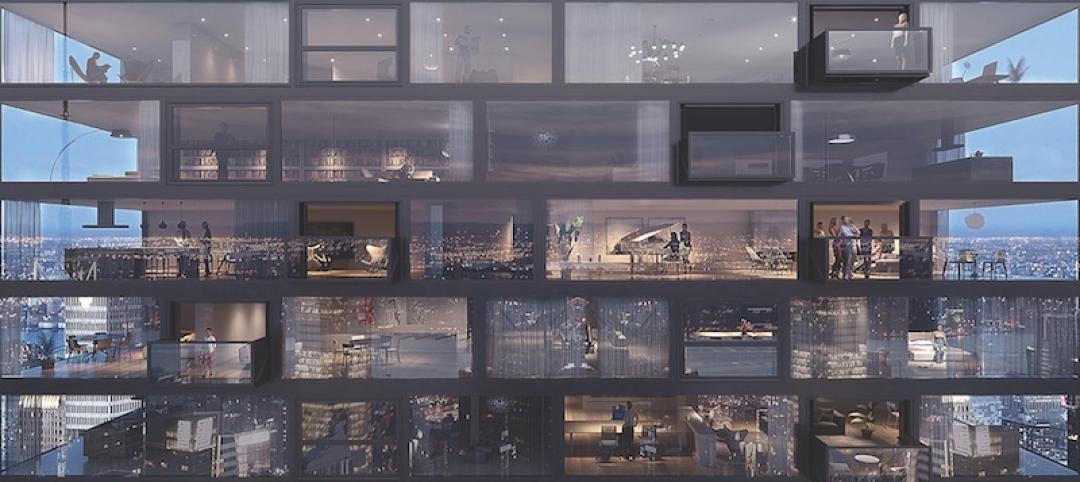Privacy concerns have become an everyday part of life for most people, especially in big cities and heavily populated areas. It seems like the moment someone ventures out of their home or workplace, they become the star of their very own “Truman Show,” thanks to the abundance of security cameras and sensors monitoring every move they make.
While some argue these cameras are an invasion of privacy, they have also proven to be invaluable in catching crimes where the culprit would otherwise get off scot-free.
But even in today’s world, there are still some places where cameras are not welcome: bathrooms, locker rooms, hotel rooms, patient rooms, senior housing units, and residential units. In the delicate balance between safety and privacy, spaces like these have always leaned more toward remaining private at the risk of extra security. But a new smart sensor from IPVideo Corporation looks to maintain privacy while also increasing the safety of these personal spaces.
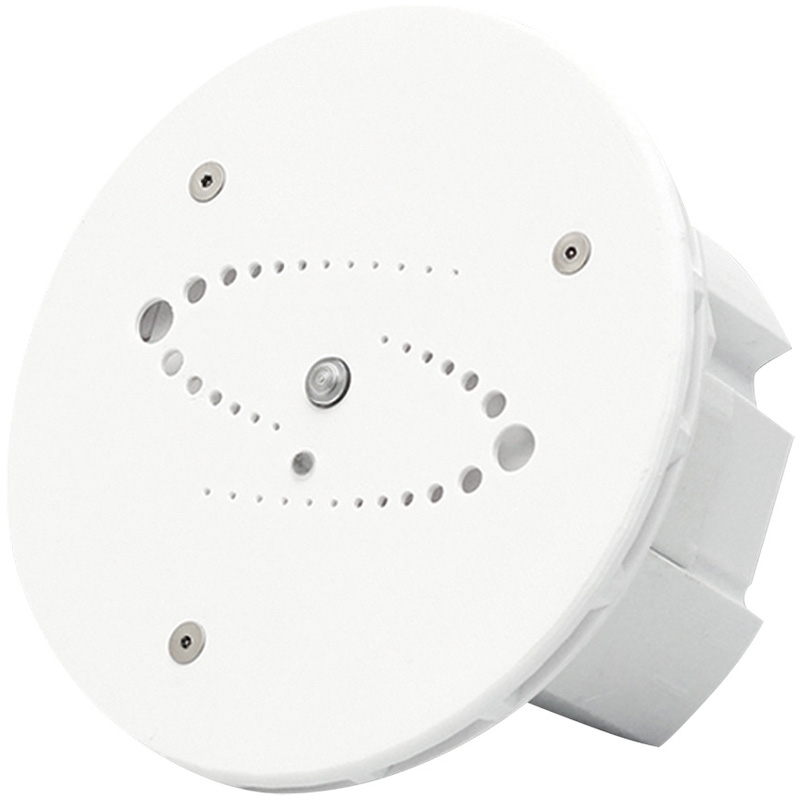
The HALO IOT Smart Sensor has multiple sensors to monitor audio analytics, air quality, chemicals, light, and environmental factors without the use of a camera.
The audio analytics include gunshot detection, glass breakage, shouting, excessive banging, and bullying. Air quality sensors can detect vape, THC, smoke, formaldehyde, benzene, and VOCs. The HALO’s chemical sensors can detect ammonia, oxidizers, methane, propane, natural gas, carbon monoxide, carbon dioxide, and glues, while the light and environmental sensors track things like occupancy, temperature, humidity, and pressure.
See Also: Raising the roof is cool again
“When we designed HALO it was intended for limited applications doing vape detection and audio analytics for school construction projects,” says Jack Plunkett, Chief Technology Officer, IPVideo. “It has now evolved into an unlimited number of construction use cases.”
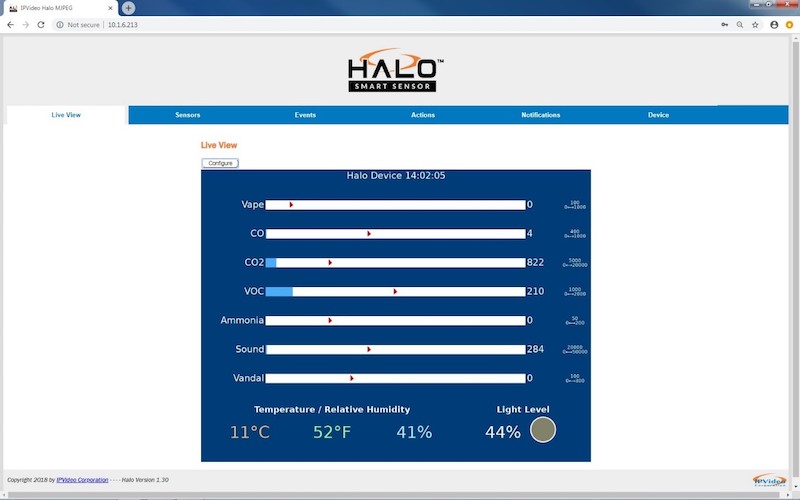
HALO has 11 built-in sensors that utilize advanced analytics to adjust and maximize the settings for the specific room. For example, a HALO sensor in a locker room can be adjusted for that space to get fewer false alarms from body sprays and disinfectant sprays. It connects directly to a security monitor and VMS and, because it is a security product and not a Web app, there are no annual cloud fees. When a sensor detects something out of the ordinary, an alert is sent via email or text message and digital alerts are sent via video management.
The sensor has an operating temperature between 32 F and 122 F and zero to 90% relative humidity. It is 3.1x5.8 inches. Mounting options: ceiling flush or surface mount.
Related Stories
Great Solutions | Sep 14, 2017
Hydraulic underground boardwalk and gangway system reunites the public with the coastline in Istanbul
The bespoke system is part of a master plan by Dror and Gensler that creates the world’s first underground cruise operation.
Great Solutions | Aug 14, 2017
Transmogrifying ‘E ink,’ energy-harvesting paint remove the ‘fiction’ from ‘science fiction’
These materials can turn an ordinary wall into dynamic real estate.
Great Solutions | Jul 12, 2017
The writing on the wall: Maker spaces encourage students to take an active role
Maker spaces, dry-erase walls, and flexible furniture highlight Kinkaid’s new Learning Center.
Great Solutions | Jun 6, 2017
Good vibrations: Portable tuned mass damper provides lightweight, cost-effective way to reduce structural vibrations
Developed by a team at Virginia Tech, the PTMD has been shown to reduce vibrations by as much as 75%.
Great Solutions | May 5, 2017
No nails necessary: Framing system comes together with steel zip ties and screws
Clemson University’s School of Architecture develops a patent-pending construction method that is gaining attention for its potential use in rapid, low-tech sustainable housing.
Great Solutions | Apr 6, 2017
Phone booths for the 21st century
Spotting a phone booth on a public street may not become any less rare, but they may soon become fixtures in the modern office.
Great Solutions | Mar 8, 2017
Pop-out balcony is a breath of fresh air for stuffy hotel rooms and apartments
In less than one minute, Bloomframe transforms from an insulated picture window to an open balcony.
Great Solutions | Feb 3, 2017
Drone-based hospitality concept looks to make nomads of us all
Driftscape could take the resort industry to places no hotel has ventured before.
AEC Tech | Sep 6, 2016
Innovation intervention: How AEC firms are driving growth through R&D programs
AEC firms are taking a page from the tech industry, by infusing a deep commitment to innovation and disruption into their cultural DNA.
Great Solutions | Aug 23, 2016
GBBN designers take on wellness research
In a new research paper, three healthcare specialists present factors that contribute to a psychological state that is receptive to healing.


